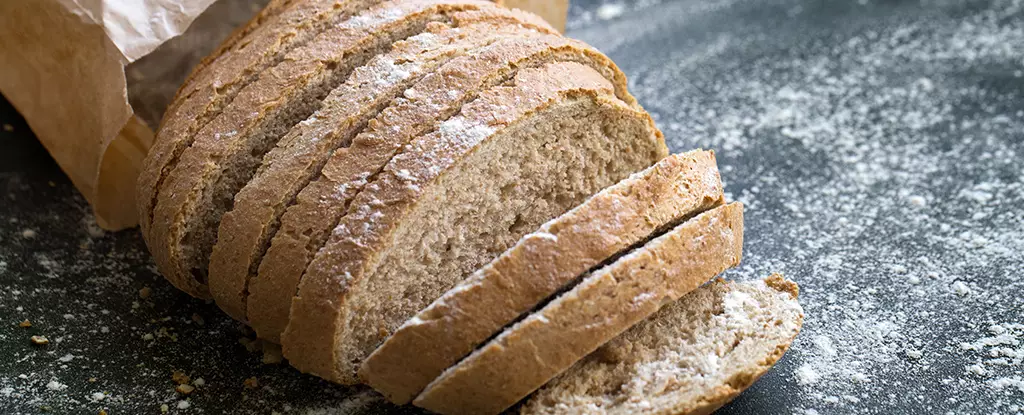The recent trend on TikTok suggesting that freezing bread can make it healthier has sparked curiosity among many. The concept behind this claim is that when bread is cooked, the starch in the flour expands and gelatinizes, making it easier to digest. This gelatinized starch is readily available as glucose for our cells to use as energy. However, when bread is cooled after being baked, the expanded starches shrink back down, forming what is known as resistant starch. This resistant starch is harder for our digestive enzymes to break down, resulting in a slower release of glucose and insulin into the bloodstream.
Research has shown that freezing bread and then toasting it can have a significant effect on blood sugar levels. A study conducted on ten healthy individuals found that freezing homemade bread and toasting it reduced the spike in blood sugar by up to 39 percent. This effect was more pronounced when compared to toasting fresh bread. However, when store-bought white bread was used in the study, freezing did not have the same impact on blood sugar response. This discrepancy could be due to the different ingredients and processes involved in commercial bread production.
Resistant starch, formed when bread is cooled after being baked, has been linked to various health benefits. Apart from regulating blood sugar levels, resistant starch provides nutrients to the gut microbiota, promoting a healthy balance of bacteria in the gut. This, in turn, can improve insulin sensitivity and aid in better blood sugar utilization. Additionally, resistant starch has been associated with lowering cholesterol levels, which may reduce the risk of heart disease in the long run.
While freezing bread before consuming it may have short-term benefits on blood sugar levels and metabolism, its long-term effects on health outcomes such as appetite control, weight management, and disease risk are less clear. While the concept of resistant starch has shown promise in improving various metabolic markers, the extent to which it can influence overall health remains uncertain.
Resistant starch is not limited to bread but can also be found in other cooked and chilled starchy foods like potatoes, pasta, and certain types of rice. Basmati rice, for example, contains more resistant starch than other varieties. The benefits of resistant starch extend beyond immediate blood sugar regulation, contributing to a healthy gut microbiome and potentially lowering cholesterol levels.
While freezing bread can have some health benefits, especially in terms of blood sugar regulation and insulin sensitivity, its overall impact on long-term health outcomes is still uncertain. Resistant starch, formed when bread is frozen after baking, offers a range of metabolic benefits in the short term. However, individuals should consider freezing their bread with caution and be mindful of other sources of resistant starch in their diet for a more balanced approach to health and nutrition.


Leave a Reply